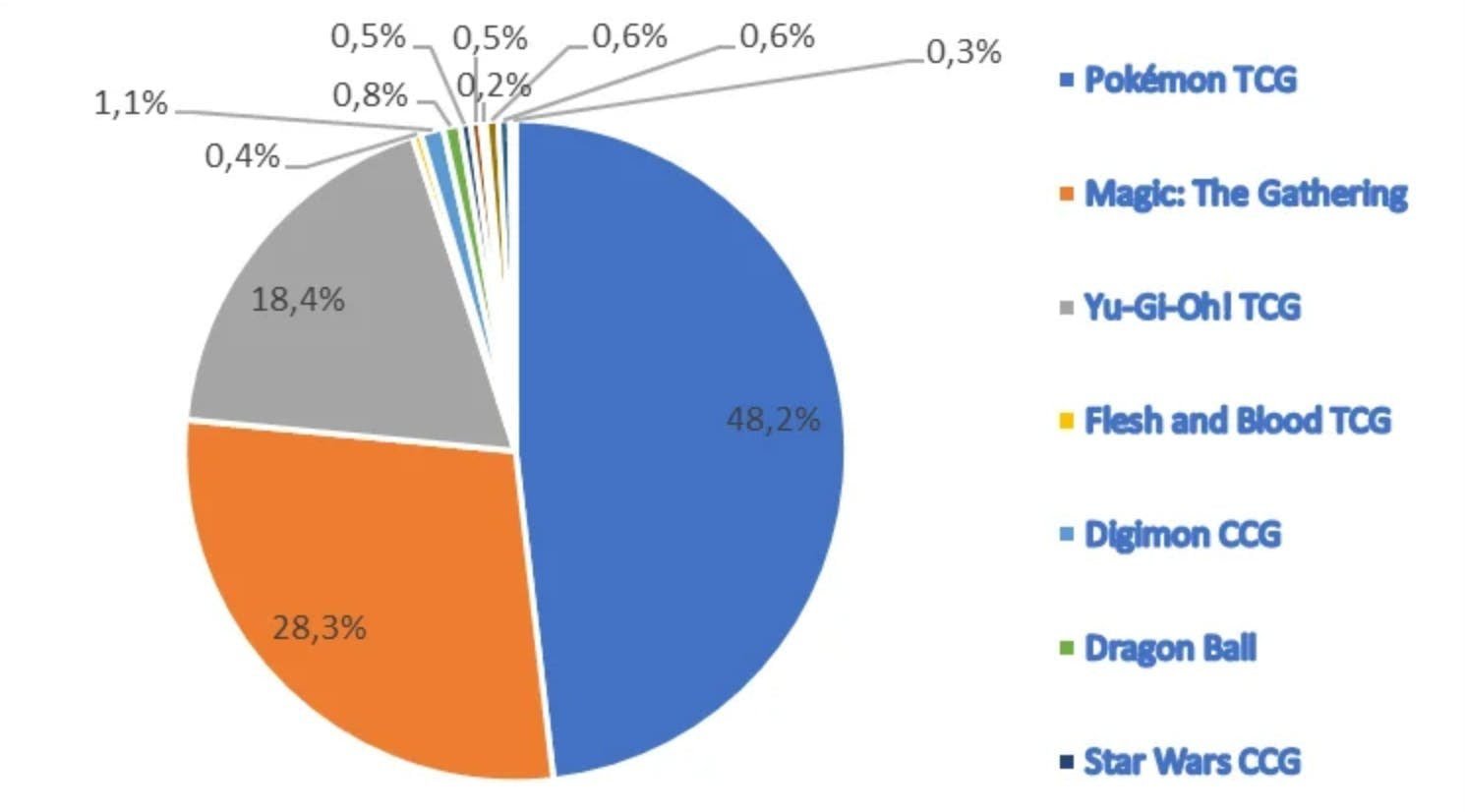
TL;DR
-
Web3 tech lends itself to ‘collectible monster’ style video games, transforming the business models that support them.
-
The technology is there – now we just need a game that is easy to use (from a crypto standpoint) and fun to play.
-
Our guess is: Much like Web2’s collectible card scene, this will be a winner-take-most market.
Full Story
‘Imagine a Pokemon-style game, where each monster you catch is represented as a tradable NFT.’
This pitch feels played out, because it is!
Most major/upcoming Web3 games are doing some variation of exactly that.
(Think: Axie Infinity, Illuvium, AneeMate…Pixelmon).
Ok, but why?
So many developers are working to bring the concept to market, because of how Web3 technology can enhance the existing business model.
Here’s an A/B comparison of a Pokemon-style game in Web2 vs. Web3.
Web2
-
Build/sell a game for a fixed, one time fee.
-
Players collect/trade monsters in-game for free.
-
Create physical collectibles in unknown quantities and allow a secondary market to form around them (which you as a game maker get $0 from).
Web3
-
Build/sell a game for a fixed, one time fee. …OR give it away for free (because the business model allows for it).
-
Players collect monsters in-game for free, but can buy/sell them for real money via an in-game marketplace.
Every time a trade is made, you (the game maker) get a cut of the sale – let’s say 5-10%?
-
The fees from the digital collectible market pay you in perpetuity, and allow your users to play for free (and even earn money by finding rare monsters).
The technology is there – now we just need a game that is easy to use (from a crypto standpoint) and fun to play.
Our guess is:
Much like Web2’s collectible card scene, this will be a winner-take-most market.
(See header image 
Read More: www.web3daily.co









 Bitcoin
Bitcoin  Ethereum
Ethereum  Tether
Tether  XRP
XRP  Solana
Solana  USDC
USDC  Dogecoin
Dogecoin  Cardano
Cardano  TRON
TRON  Lido Staked Ether
Lido Staked Ether  Wrapped Bitcoin
Wrapped Bitcoin  Sui
Sui  Chainlink
Chainlink  Avalanche
Avalanche  Stellar
Stellar  LEO Token
LEO Token  USDS
USDS  Wrapped stETH
Wrapped stETH  Shiba Inu
Shiba Inu  Toncoin
Toncoin  Hedera
Hedera  Bitcoin Cash
Bitcoin Cash  Hyperliquid
Hyperliquid  Litecoin
Litecoin  Polkadot
Polkadot  WETH
WETH  Binance Bridged USDT (BNB Smart Chain)
Binance Bridged USDT (BNB Smart Chain)  Monero
Monero  Bitget Token
Bitget Token  Ethena USDe
Ethena USDe  Pi Network
Pi Network  Coinbase Wrapped BTC
Coinbase Wrapped BTC  WhiteBIT Coin
WhiteBIT Coin  Wrapped eETH
Wrapped eETH  Pepe
Pepe  Dai
Dai  Aptos
Aptos  Bittensor
Bittensor  sUSDS
sUSDS  OKB
OKB  Uniswap
Uniswap  BlackRock USD Institutional Digital Liquidity Fund
BlackRock USD Institutional Digital Liquidity Fund  NEAR Protocol
NEAR Protocol  Ondo
Ondo  Aave
Aave  Gate
Gate  Cronos
Cronos  Internet Computer
Internet Computer  Ethereum Classic
Ethereum Classic